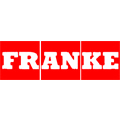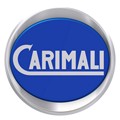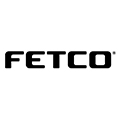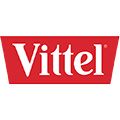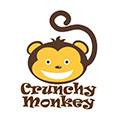- Ronnefeldt

Bringing the best orthodox teas from the gardens of the world to your guests without compromising on quality and delivery of service. ›› View the Ronnefeldt products - Cafés Richard

Cafés Richard takes great care of its gourmet coffee beans which means better coffee for you. The result of these efforts includes coffee and espresso that satisfy the experts. ›› View Cafés Richard products - Monin Syrup

For over 100 years, Monin has offered custom taste solutions that please hospitality professionals and satisfy customers. With so much industry experience, Monin knows how to bring you the superior flavored syrups you would expect. ›› View Monin products - Coffee machines
- Gourmet
- Wine preservation systems

WineEmotion is the creation of Riccardo Gosi, the internationally renowned creator of modern day wine dispensing systems that have transformed how wine is sold and served worldwide since 2003 ›› View the Wine Emotion products - Black Kettle

Black Kettle is a place where tea and coffee aficionados can hobnob together, sampling exquisite products not available in the general retail market. ›› View the Black Kettle

